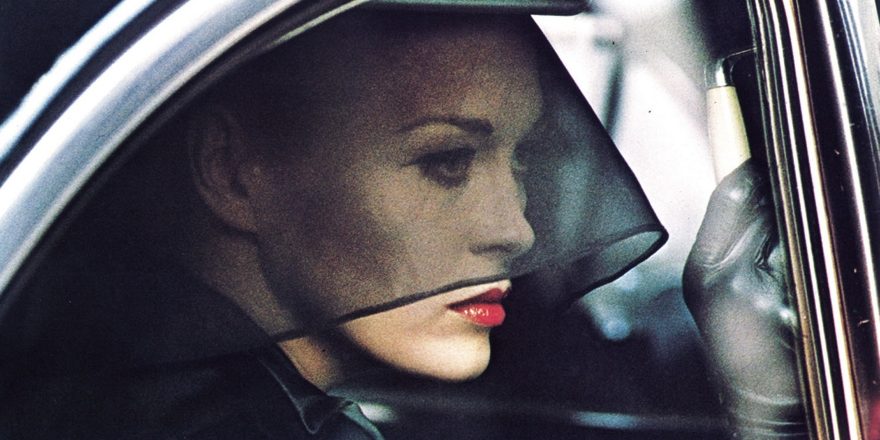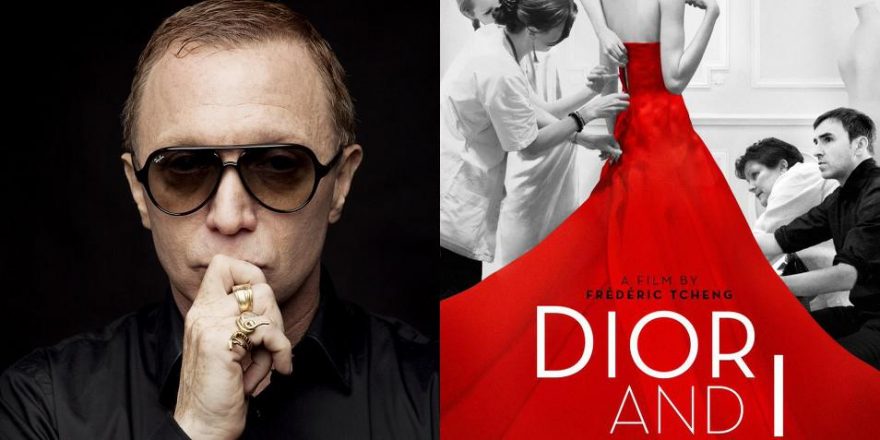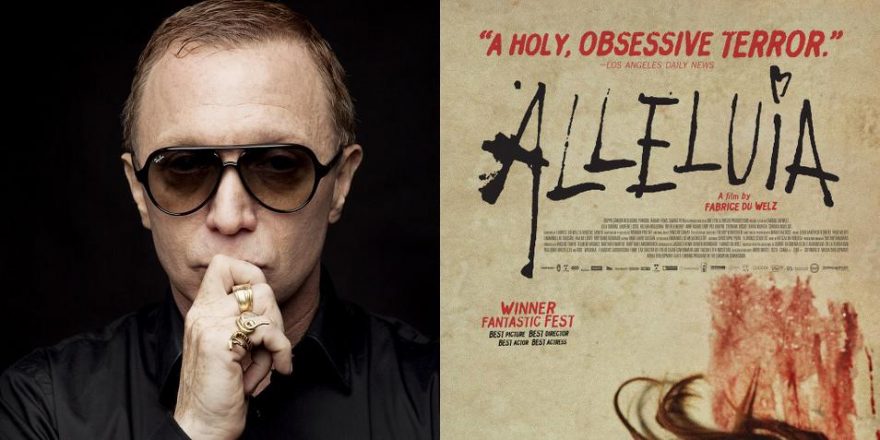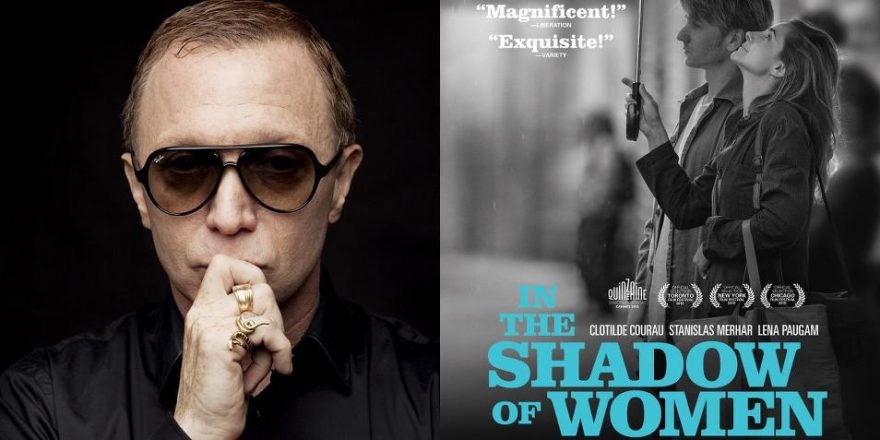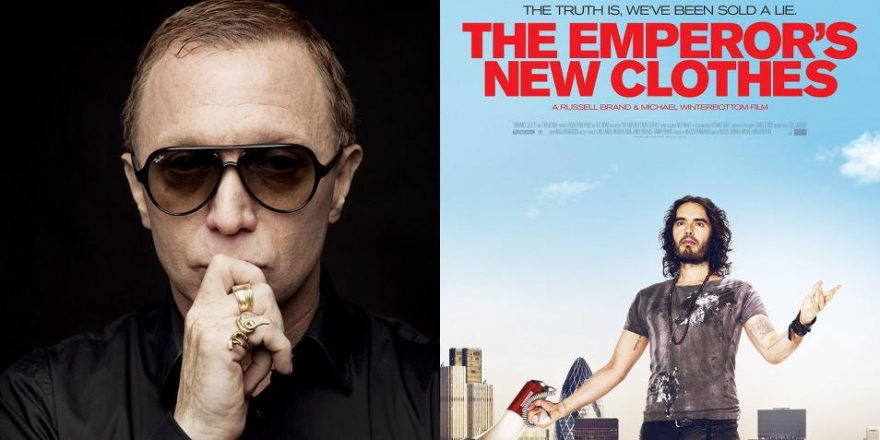My new column for the Talkhouse, entitled “Academy of the Underrated,” is an excuse for me to write about films that have been, in some regard, overlooked, underappreciated or misunderstood, either at the time of their release or latterly. The movies I will be talking about may have been unjustly forgotten, or they may have merely had a profound effect on me personally for some obtuse or recondite reason. I make no claims to objective analysis.
Along with having one of the most intriguing titles of the seventies, Jerry Schatzberg’s Puzzle of a Downfall Child remains amongst the best movies ever made about the fashion world. Schatzberg himself started out as a photographer, shooting for magazines such as Vogue and Esquire, and frequently photographing Bob Dylan, including the cover image of his 1966 album Blonde on Blonde. Puzzle was the first film he directed, in 1970, and was followed by two more classics, both with Al Pacino – The Panic in Needle Park, in 1971, and Scarecrow, in 1973, the latter his masterpiece. Subsequently, he made a series of films with more mixed results, although there are certainly great things to be found in Honeysuckle Rose (1980) and Street Smart (1987).
But it was Puzzle of a Downfall Child that had the biggest effect on me. Stranded on a remote farm in Canada, and having only two channels to choose from, I would wait forbearingly all week for the late, late shows on Friday and Saturday nights, my only connection to the big world out there. Occasionally my patience would be rewarded and I would hit pay dirt – a movie that would challenge my ideas about what a narrative, relatively mainstream cinema could be. Robert Altman’s That Cold Day in the Park was one of them. Bob Rafelson’s The King of Marvin Gardens was another. But it was Puzzle of a Downfall Child that really stimulated my budding homosexual imagination, inspiring an intense identification in me with the Faye Dunaway persona. (Not that many years later, at university in 1983, I would program a film series on campus that I called “Radical Expression in Mainstream Cinema,” ordering 16mm prints of the above three movies, and about a dozen others.)
In retrospect, Puzzle could be regarded as a the first installment of a loose trilogy for Faye Dunaway, whose glamour I was already well aware of from my late, late show viewings of such films as The Happening (1967) and The Arrangement (1969). The other two films in the trilogy would be Eyes of Laura Mars (1978) and Mommie Dearest (1981) – all three starring vehicles for Dunaway centered around ambitious female characters struggling to survive in male-dominated industries (the fashion world, Hollywood) that deal in the commoditization and exploitation of feminine beauty, glamour and sexuality. In each film, the Dunaway character is driven to madness by her attempt to maintain autonomy in these artificial worlds. I call them Women in Revolt films, depicting a violent acting out of females against male control. Of course in Eyes of Laura Mars, Dunaway plays a successful fashion photographer herself, although she is thoroughly punished and tortured for her violent imagery that outplays her male counterparts at their own game.
Puzzle of a Downfall Child is, indeed, a puzzle itself – a disjointed, fractured narrative, a story often out of chronological order that invites the audience to put the pieces together as they go along. The main narrative device is a taped interview with Dunaway, who plays high fashion model Lou Andreas Sand, conducted by one of her former photographers and lovers, Aaron (Barry Primus), who intends to make a movie about her life. “I don’t know why you want to do a film about me. It’s the story of everyone’s life,” says Lou, lost in her own delusions. More likely, it’s the story of infamous Hollywood screenwriter and former fashion model Carole Eastman, who co-wrote the Academy Award-nominated screenplay for Five Easy Pieces the same year she co-wrote Puzzle with Schatzberg. Like her contemporaries Elaine May and Eleanor Perry, Eastman was a notoriously eccentric female writer who was often at odds with the Hollywood system.
But Puzzle is ultimately all about Dunaway’s stunning performance, the camera often capturing her beauty in extreme close-up, a romance with one of the great faces of modern cinema. The director, Jerry Schatzberg, who had previously been engaged to Dunaway, sees her through the aesthetic of the still-camera lens, the grid of a Hasselblad viewfinder occasionally intruding in the frame. (In an inside joke, the name Jerry Schatzberg’s name appears on Lou’s list of photographers that she will never work with again.) The movie elucidates the way in which women in these industries are objectified and shaped to the point of micromanagement, one female fashion editor (women often colluding with men to exploit other women) telling her, “Thin as you are, I suggest you drop five or seven pounds.” “Five … or seven,” replies Lou shakily, taking her advise a bit too literally. “Her face is bone and stark as famine,” says the same editor, who looks on disapprovingly as an ill-tempered falcon almost pecks out Lou’s eyes during a photo shoot. The resulting Vogue cover, “Feathers for Fall,” crops Lou’s face out of the picture altogether, neatly reinforcing the utter disposability of the female model. Later, when Lou’s career is on the downswing, the world-weary editor hires her for a job out of pity, and when she sees Lou’s new style concept, tells her, disingenuously, “I love your new make-up – oh, that’s great with all that green.” It’s one of the many lines in the film my fashion friends and I quote with alarming frequency.
Puzzle is as much a film about Faye Dunaway’s complex screen persona as about the fashion world. The two classic movie stars that are referenced in the film – Marlene Dietrich and Anna May Wong – are no arbitrary choices. Both of them were known for their icy, distant beauty and highly sexualized roles. (In fact, when Dietrich and Wong appeared together in von Sternberg’s Shanghai Express, their steamy chemistry led to rumors of an off-screen romance between the two.) The recreation of a scene with Dietrich from Shanghai Express makes it clear that Dunaway’s beauty could easily compare to that of the great screen goddesses. Lou relates to Anna May Wong, who believed that each time she was photographed, a part of her soul was stolen from her.
Like all great tragedians, though, Dunaway finds a comic aspect to her scenes of despair and neurosis. A running gag in the movie has Lou saying, as an all-purpose phrase, “You know I came here only for one reason: to get medication.” In the scene in which she finally goes stark raving mad in a psych ward, Dunaway begins to tap into an early version of her “kabuki”-style of performance, the term she notoriously settled on to defend her astounding performance as Joan Crawford in Mommie Dearest. She acknowledges both the grotesqueness and the humor of madness. “If you do not go away, I will begin to become quite disturbed,” she tells Barry Morse, the sympathetic husband of fashion photog Pauline Galba (Viveca Lindfors), as he morphs in her mind into any number of male authoritarian figures she has encountered. Her delivery of the line is comic, almost camp. Her slow-motion straightjacket scene is a direct precursor to her insane bathroom histrionics in Mommie Dearest, another film about female madness played out as masquerade, and self-consciously played as camp.
Puzzle of a Downfall Child ends on a tragic note, with the now isolated, forgotten Lou living alone on the beach as Aaron visits her, possibly to exploit her once more by making a film about her. Flashbacks through the movie suggest she was molested as a teenager, and possibly raped by Aaron, amongst other men, but now she can’t even remember if she had sex with him or not. When he tells her that they did have sex, she breathes a sigh of relief, and then asks, poignantly, “Was I any good?” He assures her that she was, to which she responds, “Thank the Lord!” Earlier in the film, Lou had made Aaron engage in sexual role-play with her, having him meet her at a bar and pretend they’re strangers. The layers of artifice and performance, combined with her fight for sexual autonomy, have finally caught up to Lou, who has lost her identity and retreated into her own solitary world. It’s the kind of character that is central to the screen persona created by Dunaway, whose own struggles and clashes with the male-dominated Hollywood system, like Crawford before her, are the stuff of legend.



